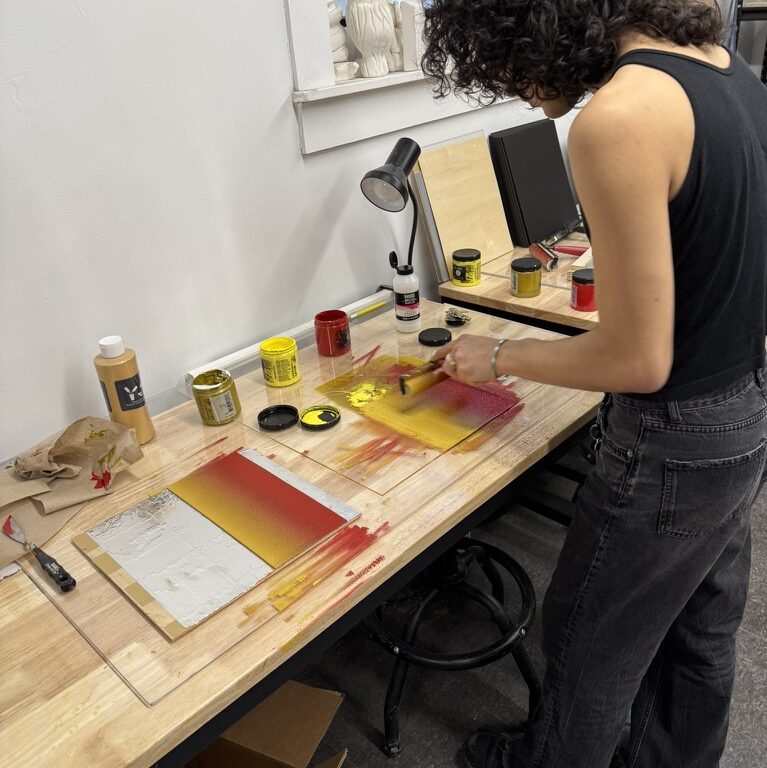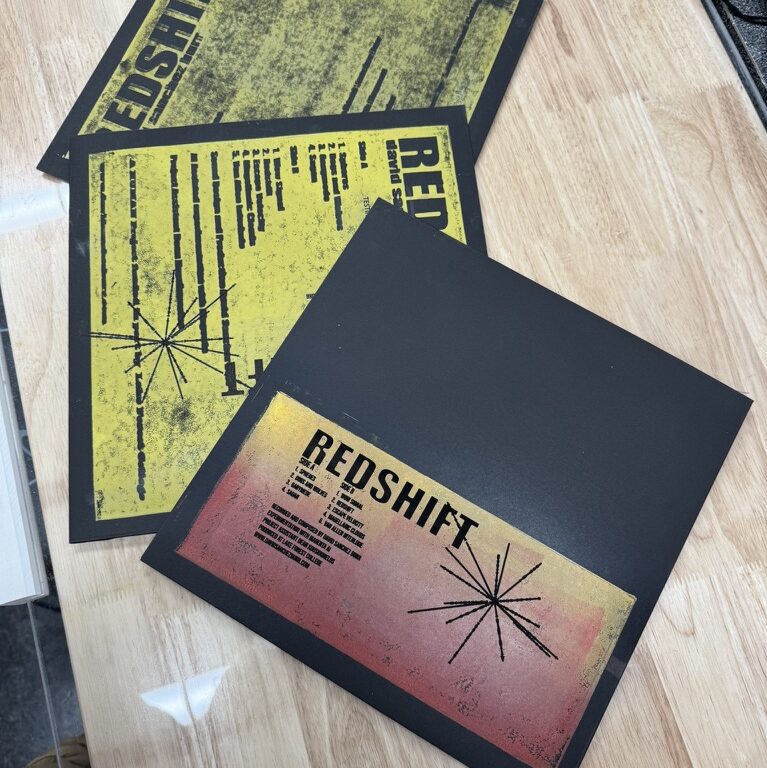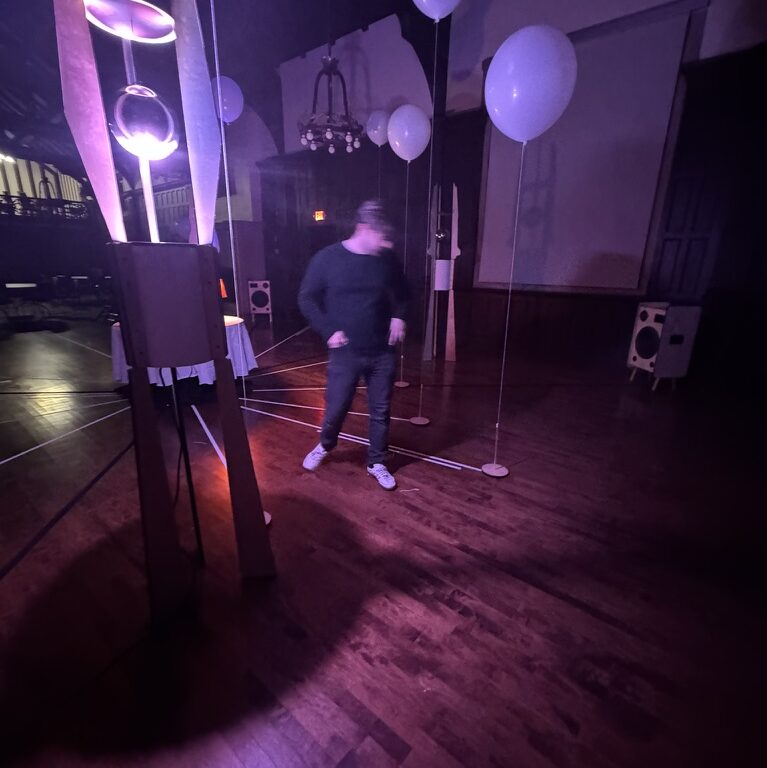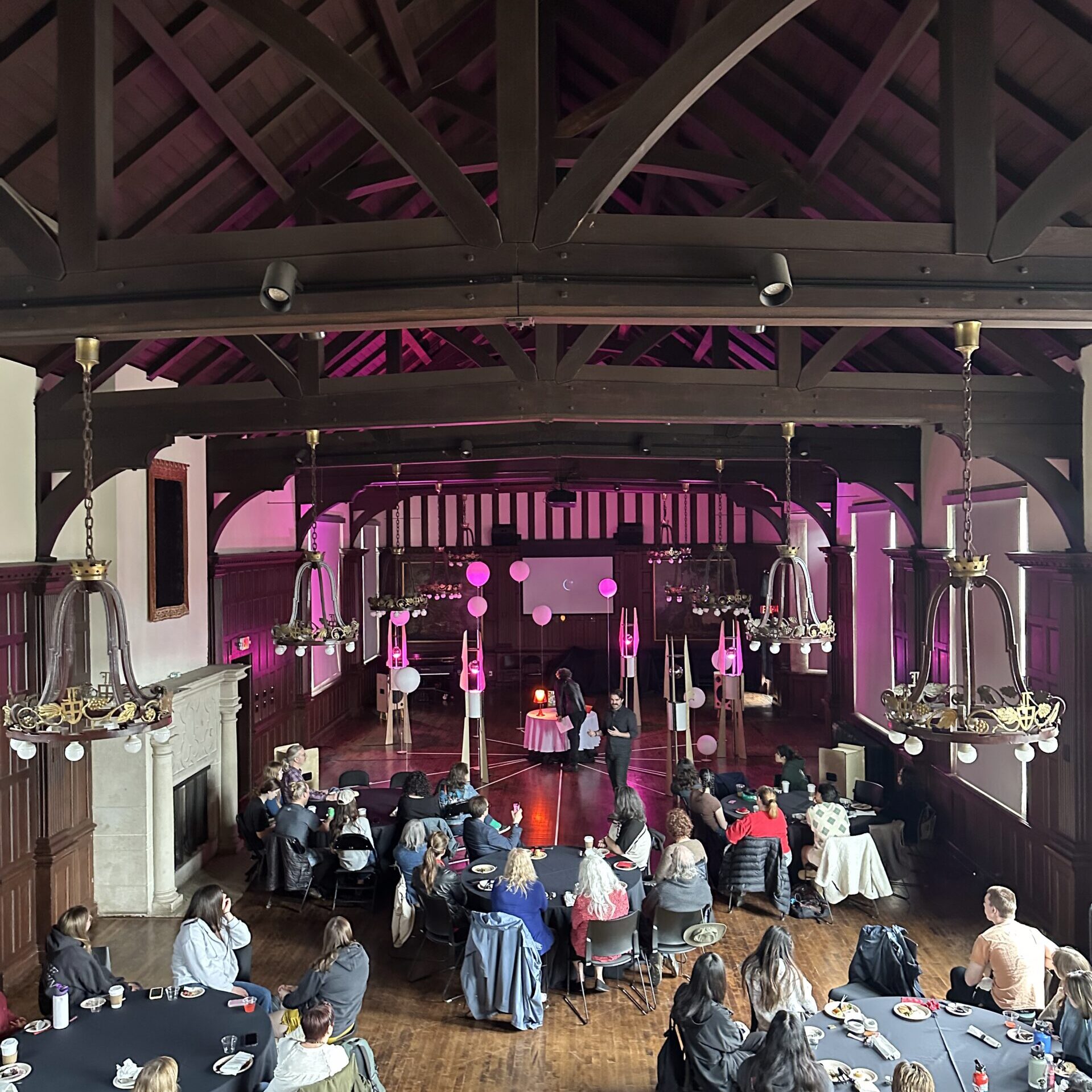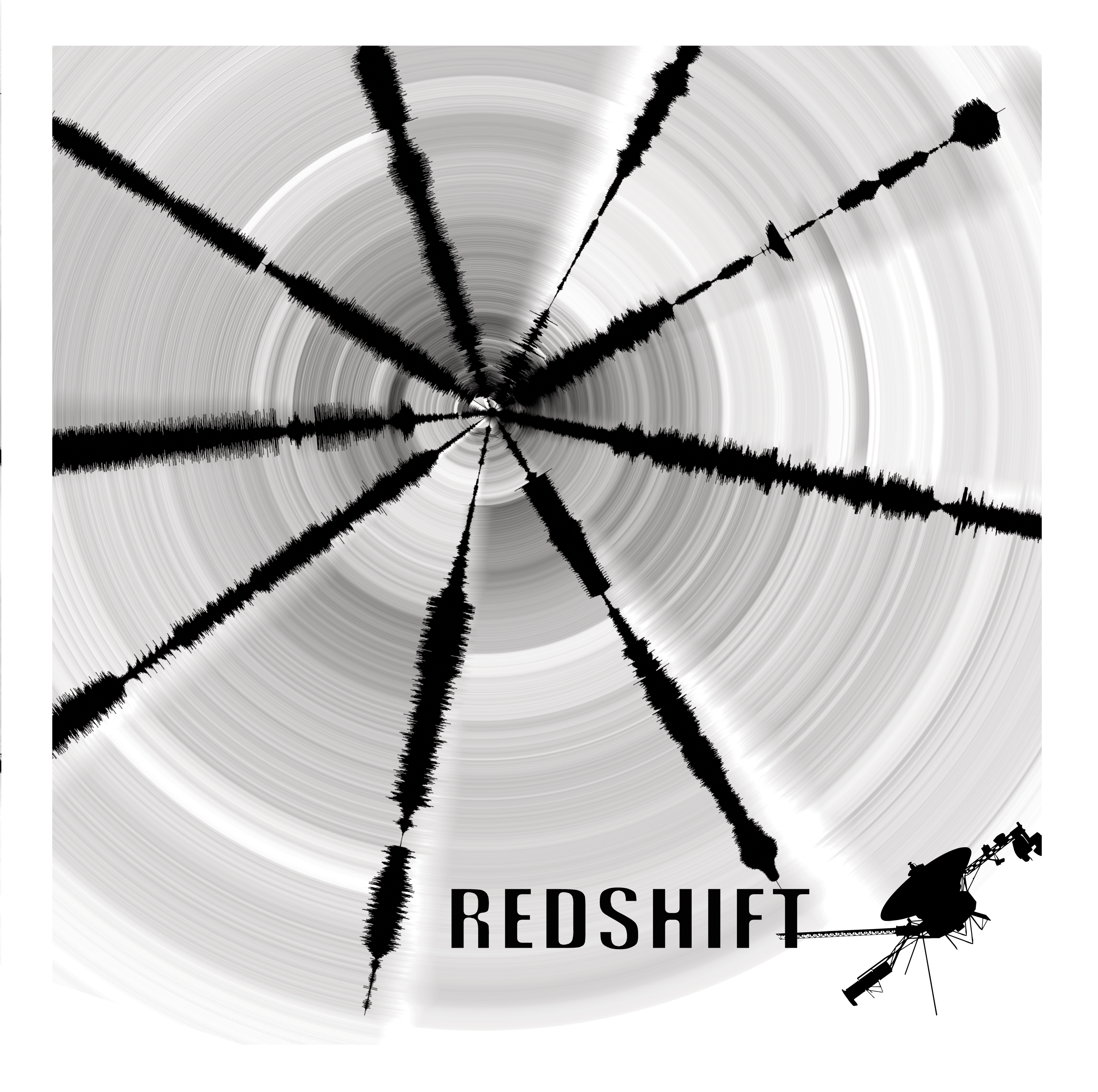
Recorded and Composed by David Sanchez Burr
Experimentation with Magenta AI
Project Assistant: Dean Kousiounelos
Covers printed by: René Aguilar and David Sanchez Burr
Produced at Lake Forest College 2025
Across several decades I have worked on sound-making and music. I can’t remember a time when I was not immersed in the audible experience to make sense of the world that surrounds me. Everyone has a history of unique audible experiences, and it can be wondrous if it is noticed. Today it may be harder to listen to one’s environment when there are so many other things wanting for our attention. Our inclination lately is to diffuse our presence entirely through perpetual entertainment in mobile devices. We have been drawn away from the enchantment of the physical present and given ourselves to media.
If we remember a sound from our past, it is likely that the sound exists only in memory it may not be physically possible to hear it again. As an example, the sound of the subway cars in the 1970’s and 80’s in Madrid. The cacophonous rattle, momentary power outages, sparks, and shaking metals of those old train cars are quite different than the sophisticated and modern ones of today. Modern trains have new sounds thankfully one of them is air-conditioning. Old sounds are part of our memory no different than something we saw, touched, smelled, or tasted. It is within this context that we can say sounds form an experience in conjunction with all other senses, an experience that we learn from over time. As our sound-fields are more saturated with personally curated digital instrumentation, we have obfuscated the real environments in our lives.

This sense of detachment has a lasting effect on how we remember our experiences. How will this change us, only time will tell.
After working with analog sounds for a couple of decades I came to a crossroads. Many of the projects I made relied upon analog instruments and analog sounds, such as short-wave radios and analog transmissions. The imperfections of shortwave and medium wave transmissions are part of what drew me to using them for projects. Unexpected interference and distortions added to the intrigue of something that could only be heard once. Short wave radios can receive signals from across the earth. Through the decades these signals coming from faraway places became silent, replaced either by white noise or digital signals. A modernized era with online streaming services has no use for expensive over-the-air broadcasting equipment. Finding new ways to explore indeterminacy, and chance in digital media became my next project.
The undeterminable and unexpected is akin to improvised live music where something new and different can happen at any time. Like the sounds in our environment, they have ways to break patterns and therefore break monotony. In 2000 I started looking to digital instruments and recording to find new ways of composing work in the studio. The outcome was mixed I felt that in a live setting anything could happen but as far as recording I struggled with spontaneity. Over the years and as audio software became more sophisticated, I created many sound-based installations in which, in part, the objective was to create live interactive sounds.
Recently, I was approached about using artificial intelligence to compose new work. My notions of AI weren’t and still aren’t on the positive spectrum. I have a general mistrust of the societal changes pushed upon us by the internet, search engines, e-commerce, social media, and corporate metadata. AI seems like the next iteration of human/social engineering destined to radically force change upon us. However, there is something about early technology, before it is monetized, and before it is tamed by marketing and investors. It can present itself as an unrefined product released to the public with open capabilities. Early google was like this. Facebook was more enjoyable in its early years until it began its path of enshittification. Since AI is still considered nascent, I thought there might be a temporal window of opportunity to squeeze out something interesting before the tech morphs into another analgesic to sleep the day away.
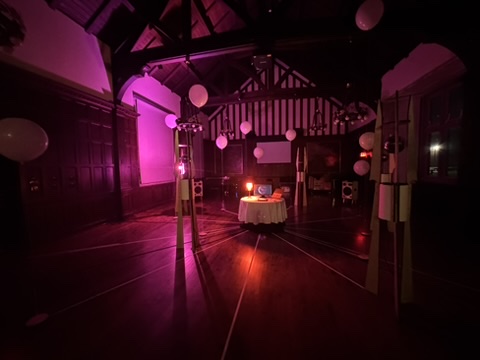
I found a rather rudimentary AI assisted tool to make sounds called Magenta. Magenta is a research project sponsored by Google; it is intended to help musicians create rhythms, melodies, percussions, and a couple more things. It is no longer actively being developed but had the rawness of newish tech which was perfect for me. Most importantly it wasn’t entirely mothballed, it still worked. I soon realized that the simplicity and rawness of the AI responses to my tracks were at times random and completely unexpected. I was capable of using the AI to create a certain sense of spontaneity I didn’t think was possible. At the same time, I realized that most traditional musicians would have quantified the outcome of the AI data as garbage. Yet, this was the garbage I was looking for, and soon I found myself fully immersed in AI dumpster diving. To be equally discerning though, I found that most new AI online composing tools make awful generic garbage, absolute conformity at its apex, but to each his own.
To embark on this project, I considered potential thematic ideas and my thoughts wandered to the furthest outpost of human technology, the voyager spacecraft. Always fascinated by distant things I thought of the voyager vessels and the golden records to represent our human curiosity for things unknown. I found connective tissue between AI and the Voyager program, both reaching out to the furthest extent. One carrying a record containing information about us in the 1970’s to the furthest reaches, while the other taking all our information to similarly expansive places, both with unknown destinations. At this point the project became Redshift, a term in astrophysics that describes how we know when distant objects are getting further away from us in the expanding universe. The golden record was created as an exercise to describe humankind to an alien species should the voyager spacecraft be found in the future. Even if the possibilities of this happening were remote in the most absolute terms, our scientists led by Carl Sagan did not forget to dream and to hope that aliens may someday find out that we existed. Now it seems most likely that the first sentient species that we encounter will be one of our own making, AI.

In describing the sounds of this project I think of a ping-pong match, instead of a ping pong ball it is a snippet of MIDI data, as the AI swings the paddle the snippet gets slightly more complex each hit further evolving into textured, melody, rhythm, percussion, and chaos. Each passing of data between the AI and myself becomes a moment of intuition and reaction, the buildup and outcome evolves over time and is not preconceived. Another way to describe this process is to think about Close Encounters of The Third Kind, at the end of the movie and when humans finally meet the aliens, scientists devise a sonic call and response process to communicate with them. Each turn becomes more complex, eventually becoming a language unto itself. I also used samples from the golden record, magnetic fields, the “wow” signal and various exploratory spacecraft and observatory recordings.
I wanted to create my own language with AI; in this I partially succeeded. Who knows how long Magenta will be around, is there a place for dead AI? I think that Magenta was created intentionally or not with notions of what is possible rather than what is marketable, I hope it finds a permanent home.
It has been over 25 years since I released a vinyl record. In the past I made editions with hand-made covers. I thought that this edition should be no different, every record cover is slightly different and unique, this is different form serialized production and therefore more art than product. The tracks on this record are presented live with a sculptural sound installation in which I employed quadrophonic sound and the ability for users to modify the soundscape in real-time. The installation was inspired by the golden records, the voyager program and visually presents the inherent struggles of humanity with the unknown.
